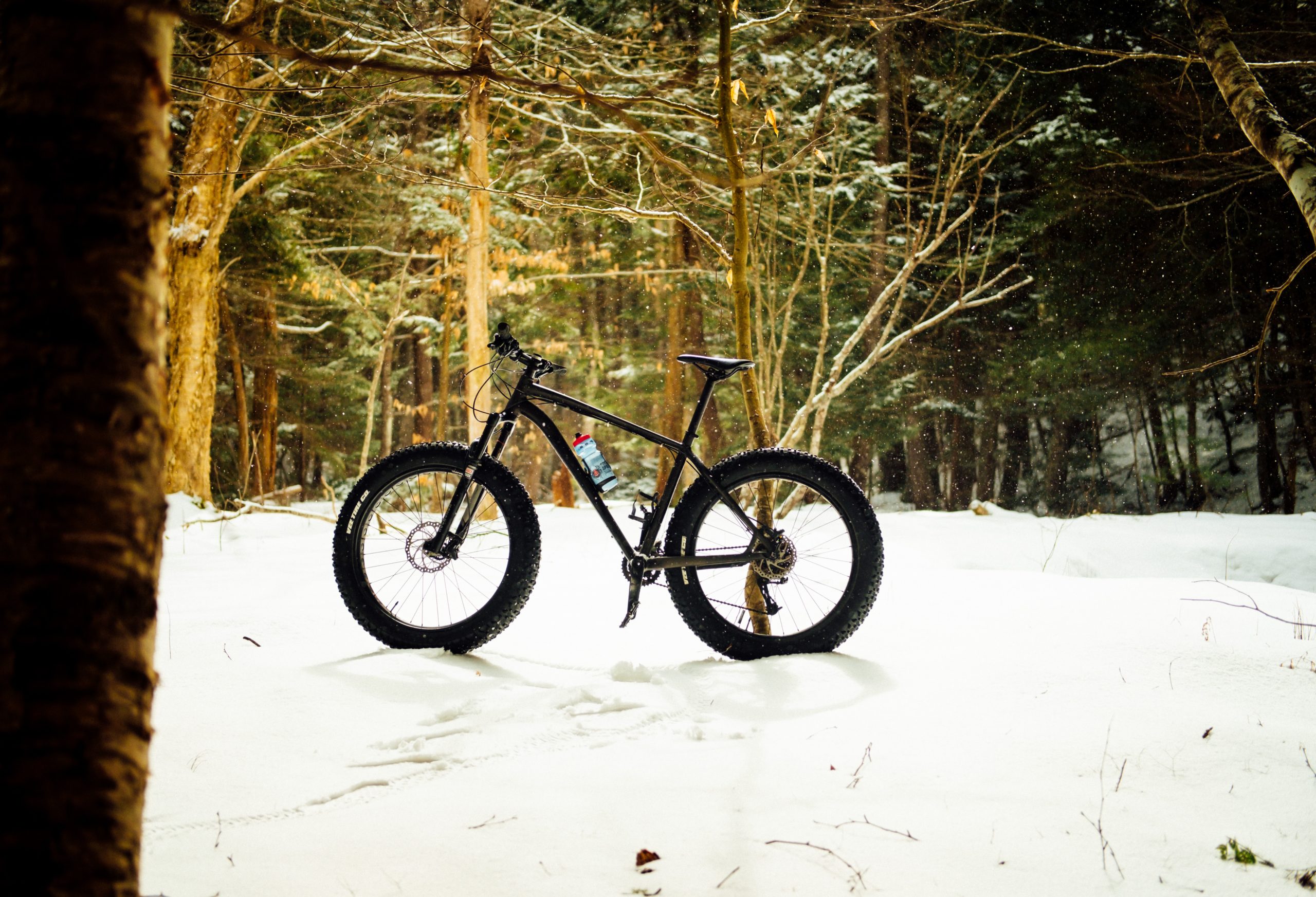
When trees are bare and the weather is cold and snowy, it only means one thing: time for some frosty fun! But sometimes, even the best winter plans turn awry. According to the U.S. Consumer Safety Commission, at least 200,000 people are treated for winter sports injuries each year. The good news is most of these mishaps can be avoided simply by preparing for the physical and mental rigors of winter sports.
Here are some of Mark Miller MD’s helpful tips for avoiding winter sports injuries:
Exercise
Winter temperatures usually cause muscles to tighten and blood vessels to contract, leading to exhaustion, muscle cramps, and heightened injury risk. Many exercises are recommended for winter sports safety, but most especially:
- Squat jumps – increase power in the thighs and buttocks while preparing the tendons and ligaments for increased stress loads
- Dead bugs – help promote good balance and posture, and stabilize the pelvis and spine
- Lateral band walk – strengthens hip muscles for proper jumping and landing mechanics
Stretching
It can’t be stressed enough: stretching is important before exercise, and that includes winter sports. It’s a way of preparing the muscles so they become more fluid and less prone to injury. Not all stretching is equal though. For one, it must be done with symmetry to achieve proportionate flexibility from side to side. Also, it should be smooth instead of bouncy, and while tension is expected there must be no pain, which is only a sign of pushing too far. Very importantly, stretching should come only after a good warm-up, especially in winter when stretching cold muscles can hurt.
Protective Gear
It’s amazing how winter sports injuries can be easily prevented with the right protective gear, such as arm and leg pads. Of course, the most essential piece is still the helmet, which is statistically proven to protect even against the most serious blows to the head. Only a few collisions are needed to damage a helmet significantly though, so an old piece must be checked thoroughly for signs of wear and tear before every use.
Appropriate Clothing
When it comes to weather-related woes in winter sports, it mostly comes down to good old-fashioned layering. This includes:
- A wicking layer (the closest to the skin)
- An insulating layer
- A protection layer that repels snow, sleet, rain, and wind.
Headwear is not to be discounted either. Besides a helmet, a knit hat works great to keep the head warm and alert. And then there’s gloves or mittens, snowboard or ski boots, and socks. All in all, winter sports clothing should promote comfort and freedom of movement in order to help prevent injury.
Familiarity
One surprising cause of winter sports injuries is sheer unfamiliarity with the area. A treacherous ski slope, a giant tree, even a goalpost at a hockey game — these things can cause major accidents that could otherwise be prevented by a conscious effort to continuously scan one’s surroundings. And it certainly helps to avoid crowded areas, rocks and trees, and headphones too. No matter how fun, winter sports carry significant dangers that must be managed with focus and awareness.
Self-Discipline
Some people just can’t get enough, and sometimes, this lack of self-discipline becomes their own demise in terms of safety. They just can’t stop! It doesn’t matter if they have heeded every other injury prevention advice ever given. The body must stop when it must, and not listening to the cues can cause exhaustion, which eventually leads to impaired postural stability, poor muscle coordination, and lack of control over extremities — all of which drive up injury risk.
Some people like to push themselves to the limit, but even for the sake of fun or pride, nothing is worth putting health and life at risk. The path to safety is not even hard to follow. Through physical conditioning, a good mental disposition, and quality protective gear and clothing, winter sports can be enjoyed with more confidence and less fear of injury.
Sports Medicine Orthopedic Clinic St. Louis
Dr. Miller is a knee and shoulder orthopedic specialist that has seen his fair share of sports injuries. The entire team at Mark Miller MD is dedicated to treating patients’ injuries and helping them get back to their original mobility.
If you have sustained a sports injury, contact Mark Miller MD for treatment today.
